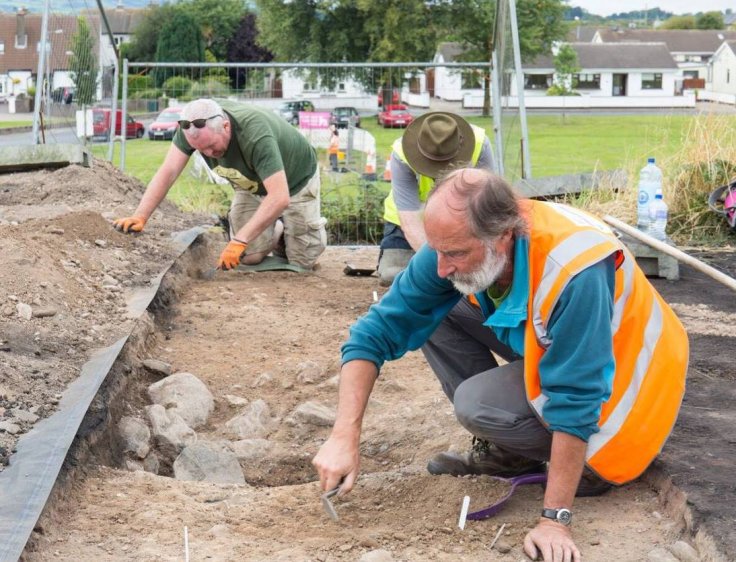
An archaeological team have discovered the remains of at least two people during a dig at Gallows Hill in Dungarvan in Ireland. The excavation took place during the Heritage week, organized by the Heritage Council in Ireland between August 18 and 26.
After the discovery of those human remains, archaeologists believe that these could belong to the individuals, who died during the 17th century.
The mound is believed to have been an Anglo-Norman 'motte and bailey' and according to researchers, this was built in the 12th century as the Normans wanted to establish themselves in Ireland's Munster.
Archaeologists made another assumption and thought that the remains could belong to someone, who was executed on that site and maybe that is the reason behind the name of the place, as Gallows represents a typically wooden frame, which was used for execution by hanging.
This excavation was a part of a long-term project. The community and Waterford County Museum have conducted historical research and geological surveys at that area. In 2018, the focus of the excavation was on the summit of the motte and as a result, the team of the researchers made their outstanding discoveries.
Reports stated that earlier in 1997 similar discovery took place after two damaged human skulls were recovered from the round tower at Dungarvan Castle or King John's Norman Castle. Researchers claimed that these skulls, which were displayed on poles of the castle most probably during Irish Rebellion of 1798.
However, a team of specialists will examine and analyse the recently found remains to understand the history of those people.









